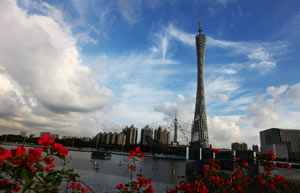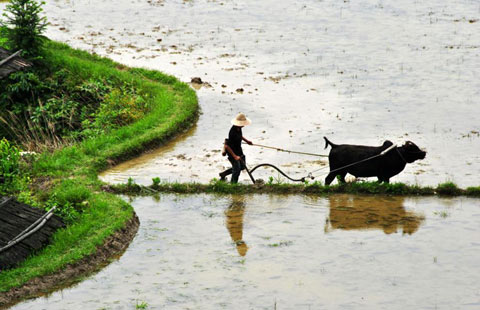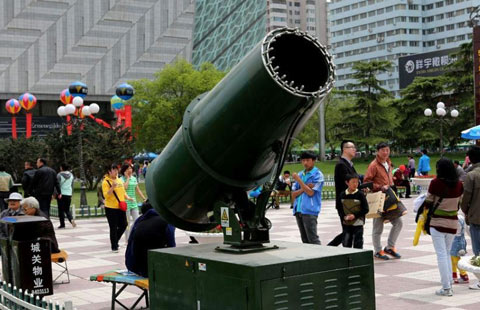Diversification key to provinces' success
By Ed Zhang (China Daily) Updated: 2014-05-06 14:39In the regional GDP list for the first quarter, the three provinces at the bottom Heilongjiang, Shanxi and Hebei are essentially single-industry economies.
Much of Heilongjiang's economy is based on its old oil fields, Shanxi on its coal mines and Hebei on its steel industry, which has too much capacity and emits too much pollution.
The prices of these local products skyrocketed during the past boom cycle, when there was seemingly bottomless demand for energy and raw materials. But after the cycle peaked, these provinces watched helplessly as they lost their competitive edge.
If a province is led by one or two cities with diverse business dynamics, it can usually do much better to resist the impact of market cycles. Unlike the so-called energy provinces, all coastal provinces, each with a mixture of manufacturing and services, could grow 7 to 8 percent annually despite the general slowdown.
The growth of provinces in central and western China, or of any region that can still expand at about 10 percent, is a different story. Their high growth is in part attributable to the central government's provision of investment projects and finances.
The central government is no longer sponsoring many large projects in coastal regions. But if the local governments are smart enough to leverage the financial market using new financial tools and tapping private financial resources they can still build more public facilities to help their economies grow more diverse and more resilient.
The author is editor-at-large of China Daily.
|
 |
 |
| Top 10 countries with highest GDP in 2013 | Top 10 regions with highest GDP in China |
- Diversification key to provinces' success
- Reform is a bright spot amid gloomy data from Q1
- Money market funds must come under controls
- Premier helps launch new expressway
- HED: Shenma search engine looks to take on Baidu
- Oil prices drop on weak Chinese manufacturing data
- China-Africa trade cooperation has broad prospects: Chinese minister
- Factors of various hues take gloss out of mall cosmetics
















